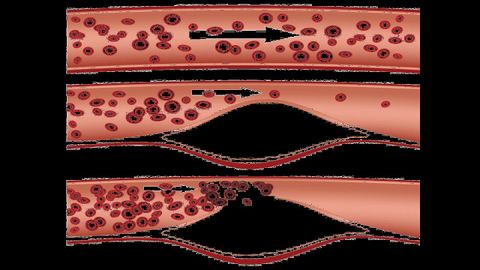
Subtitles & vocabulary
What Is Peripheral Vascular Disease? | Heart Disease
00
Study English posted on 2016/10/23Save
Video vocabulary
smoking
US /ˈsmokɪŋ/
・
UK /'sməʊkɪŋ/
- Uncountable Noun
- The act of enjoying cigarettes, pipes, cigars, etc.
- The act of breathing smoke from cigarettes
- Verb (Transitive/Intransitive)
- To give off a cloud of grey gas from burning
- To breathe in through a cigarette, etc.
B1
More body
US /ˈbɑdi/
・
UK /ˈbɒd.i/
- Noun (Countable/Uncountable)
- An object distinct from other objects
- A group of people involved in an activity together
A1
More doctor
US /ˈdɑːktɚ/
・
UK /ˈdɒktə(r)/
- Noun (Countable/Uncountable)
- Person paid to help people become or stay healthy
- Person awarded the highest university degree
- Verb (Transitive/Intransitive)
- To treat someone's illness
- To change something in order to trick someone
A1TOEIC
More bed
US /bɛd/
・
UK /bed/
- Noun
- Flat bottom surface of a lake, ocean etc.
- A piece of furniture that people sleep on
- Verb (Transitive/Intransitive)
- To have sex with someone
- To plant, fix, or attach something firmly to
A1
More Use Energy
Unlock All Vocabulary
Unlock pronunciation, explanations, and filters
